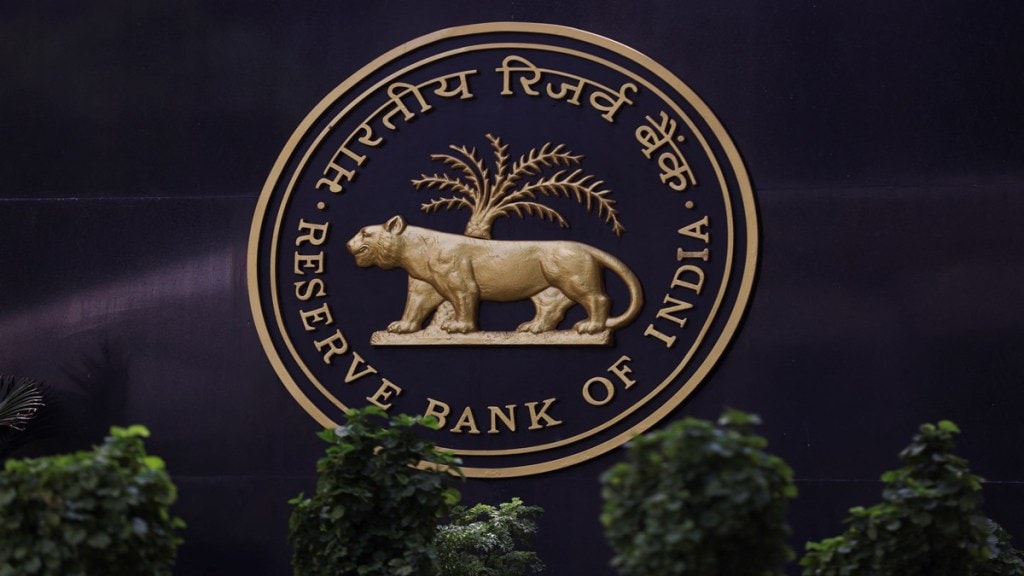The Reserve Bank of India is meeting for the fourth time this fiscal year and is expected to announce the policy rate on Oct 1. Analysts believe that the October policy is a close call between a pause and a rate cut. IDFC First Bank expects the RBI to stay on pause this time and consider a cut in December 2025, depending on trade and consumption data. However, Global Financial Services on the hand, believes that there are enough reasons for the RBI to depart from its recent guidance and deliver another 25 bps cut. Here is a detailed analysis –
RBI likely to stay on pause in October, says IDFC First Bank
IDFC First Bank believes that the RBI is likely to stay on pause in October and cut in December. The analyst noted that from a real rates perspective and in terms of growth risks, there is space for the RBI to cut policy rates. However, “it’s important to ask if rate cuts are needed?”
IDFC First Bank highlights that “there is ambiguity on current growth conditions with one-off factors aiding GDP growth in Q1FY26. Even growth outlook is uncertain, with the positive boost from GST cut countered by escalating trade tensions with the US, which is threatening to spread from merchandise to services exports.”
50% tariff, H-1B visa fee hike and HIRE Act add to risks
The GST rate cut is expected to lift growth by about 0.6 percentage points over the next year by boosting discretionary consumption. But escalating trade tensions with the US could more than offset this benefit.
If tariffs of 50 per cent on Indian goods persist, GDP growth could be dragged lower by 0.8 to 1 percentage point. The impact will be most severe on MSMEs, which account for 45 per cent of merchandise exports.
The economists highlight the risks are not limited to goods. Recent moves by the US, including a steep hike in H-1B visa fees and the HIRE Act targeting outsourcing, suggest the trade war could spill over into services. India’s software exports to the US stand at $98 billion, higher than its merchandise exports of $82.5 billion, making the threat to services a serious concern.
Inflation outlook remains favourable: IDFC First Bank
The report by IDFC first bank noted that the Inflation trends appear favourable. Consumer price inflation, excluding the impact of GST cuts, is expected at 2.7 per cent in FY26 and 4 per cent in FY27. Including the GST impact, inflation may fall further to 2.4 per cent in FY26 and 3.9 per cent in FY27.
This suggests that the risk of inflation breaching the RBI’s 4 per cent target is low. On this basis, real interest rates stand at 1.6 per cent, which is within the neutral range of 1.6 to 1.9 per cent.
Emkay says only 30% chance of RBI waiting before easing
Emkay however believes the “no cut” view is largely shaped by the RBI’s June and August policy signals rather than the latest economic realities. Emkay see only 30 per cent chance that the RBI prefers to assess the impact of tariffs, GST cuts and previous rate actions before moving again but also questions “why wait” when inflation is seeing a sharp lower reset and
Inflation falling faster than expected
Emkay noted that Inflation has been easing more sharply than the RBI anticipated. The central bank has already revised down its FY26 forecasts several times after actual numbers undershot. Its current CPI forecast stands at 3.1 per cent.
Emkay estimate that, excluding GST impact, FY26 headline inflation could be as low as 2.6 per cent and may fall further to around 2.1 per cent if GST pass-through is factored in.
“Focusing on one-year-ahead inflation seems misplaced in an evolving world,” Emkay said, adding that the real policy rate could rise above 3 per cent if the RBI waits longer.
Emkay sees FY26 nominal GDP below 8%
Emkay highlights that upside in India’s GDP growth in the first quarter, crossing 7 per cent came from temporary factors like a low deflator, frontloaded exports to the US, and higher government spending.
The economist noted that Growth could stay strong in the second quarter due to statistical adjustments, but a slowdown is expected in the second half as the impact of tariffs becomes visible. Emkay also flagged that income pressures may spread from urban to semi-urban areas, weighing on consumption.
“FY26 nominal GDP is likely to print below 8 per cent. That means all key macro variables like fiscal deficit, debt-to-GDP, credit growth and corporate earnings will need a reset,” the note said.
Rate cuts not a threat to rupee stability, says Emkay
Emkay highlights that a section of the market argues that further rate cuts could put more pressure on the rupee by narrowing the interest rate gap with the US. But they believe that a weaker rupee could actually act as a natural stabiliser by boosting export competitiveness and reducing current account deficit risks.
“In principle, India’s relative loss of competitiveness versus Emerging markets (EM) Asia warrants some adjustment via a weaker currency. That should not be misread as a deterrent to rate easing,” Emkay argued.
